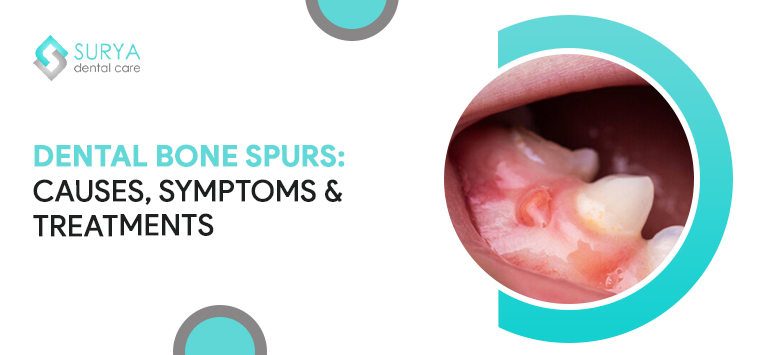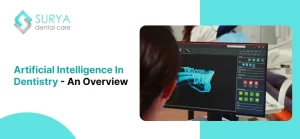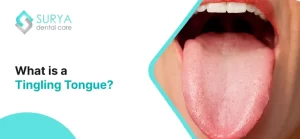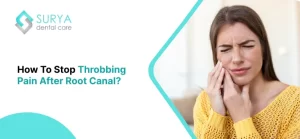Are you experiencing discomfort or pain in your mouth that could be attributed to a dental bone spur? If so, you’ve come to the right place. In this blog post, we will delve into everything you need to know about dental bone spurs – from causes and symptoms to treatment options and prevention methods. Stay informed and discover valuable insights that can help alleviate your concerns and provide relief. Keep reading to uncover the latest news and updates on dental bone spurs that will empower you to take better care of your oral health.
What is a Dental Bone Spur?
A dental bone spur, also known as exostosis, is a common condition characterized by the presence of small bony growths on the jawbone. These bone spurs, or bone spicules, can develop in response to various factors such as trauma, infection, or excessive pressure on the jaw. While they are typically harmless and may not cause any symptoms, they can sometimes lead to discomfort or irritation in the mouth.
what does a bone spur look like in your mouth?
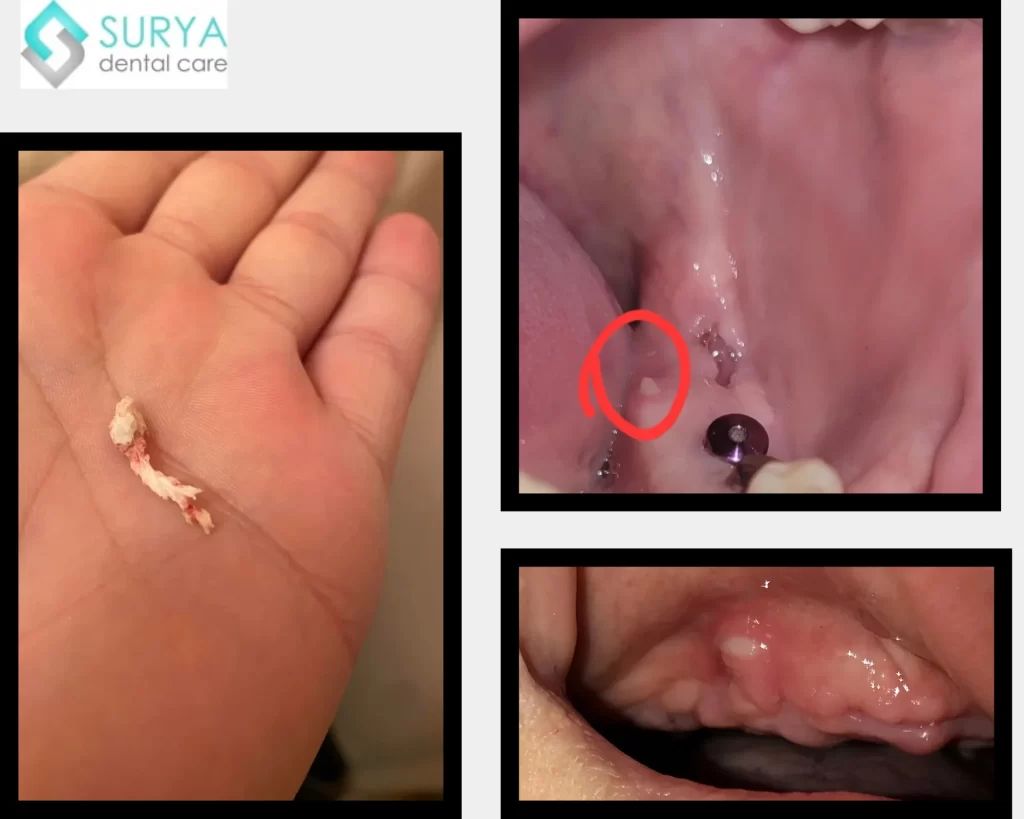
Symptoms of dental Bone Spurs
Dental bone spurs, characterized by a complex, bony lump on gums, can manifest with various symptoms.
- Discomfort or pain in the affected area.
- Swelling and tenderness around the gum line are common indicators of dental bone spurs.
- Some people may notice difficulty chewing or irritation while brushing their teeth due to the presence of these bony growths.
Causes of Dental Bone Spurs
Bone Spur after tooth extraction
After tooth extraction, some individuals may experience the formation of gum bone spurs, which are hard bony lumps that can develop on the gums. These bony growths on the gums, known as bone spurs, are typically small and feel like rugged ridges or bumps near the extraction site. While they may cause discomfort or irritation, especially when eating or speaking, they are usually not a cause for significant concern.
Gum bone spurs can occur as part of the body’s natural healing process after a tooth is removed. The bone in the jaw may sometimes protrude slightly through the gums during this healing phase, leading to the formation of these bony growths. In most cases, gum bone spurs will resolve on their own as the healing process continues.
It is essential to maintain good oral hygiene practices during this time to prevent any potential complications associated with gum bone spurs. Gentle brushing and rinsing with salt water can help keep the area clean and promote healing. If you experience persistent pain or swelling around the gum bone spur, it is advisable to consult with a dental professional for further evaluation and guidance.
Improper post-extraction care
These can contribute to the formation of bone spurs. For instance, if there is an infection in the extraction site or if proper oral hygiene practices are not followed, it can disrupt the normal healing process and result in abnormal bone growth.
Pre-existing Conditions
pre-existing conditions such as periodontal disease or gum infections can increase the likelihood of developing dental bone spurs post-extraction. These conditions may affect the way bones regenerate and lead to irregular bone formations in the jaw area.
Anatomical Factors
Anatomical factors like having thin jawbones or irregular tooth placement can also predispose individuals to develop bone spurs after tooth extractions. The pressure exerted during extraction on these delicate structures may trigger abnormal bone growth as a protective mechanism.
How to get rid of bone spurs after tooth extraction
To alleviate bone spurs after a tooth extraction, follow these steps
- Rinse your mouth with warm salt water,
- apply ice to reduce swelling, and avoid touching the affected area.
- Stick to soft foods and maintain good oral hygiene.
- Remember to be gentle with your oral care routine during this time to promote healing and prevent irritation.
If the bone spur persists or causes discomfort, consult your dentist for further treatment options.
Treatment Options Available For Dental Bone Spur
Surgery performed by a dentist
The primary treatment for a bone spicule or dental bone spur typically involves the removal of the bony protrusion through a minor surgical procedure performed by a dental professional. This procedure aims to eliminate the source of irritation and prevent further complications.
Application of topical oral gels or creams
Topical oral gels or creams may be recommended to help soothe any discomfort and reduce inflammation in the affected area. Lidocaine and prilocaine periodontal gels are the two most used topical oral gels.
Prescription of pain medications
Over-the-counter pain relievers like Acetaminophen (Tylenol), Ibuprofen (Advil, Motrin), Naproxen sodium (Aleve), or prescription-based, may also be prescribed to manage any associated pain until the area heals completely.
It is essential to consult with a dentist or oral healthcare provider for an accurate diagnosis and personalized treatment plan tailored to your specific situation.
Lifestyle to Follow & Do not get rid of bone spurs
To get rid of a dental bone spur, it’s essential to follow specific lifestyle changes and practices. Here are some points to consider
Things to follow to avoid Dental Bone Spurs
1. Maintain good oral hygiene by brushing your teeth twice a day and flossing regularly.
2. Use a soft-bristled toothbrush to avoid irritating the affected area.
3. Rinse your mouth with salt water or an antimicrobial mouthwash to reduce inflammation.
4. Avoid eating hard or crunchy foods that can aggravate the bone spur.
5. Consult your dentist for proper diagnosis and treatment options, which may include removing the bone spur surgically.
Things not to follow to avoid Dental Bone spurs
1. Do not try to remove the bone spur yourself, as it can lead to infection or further damage.
2. Avoid poking or prodding at the bony lump on your gums, as this can cause pain and discomfort.
3. Refrain from ignoring the issue, as untreated dental bone spurs can lead to complications such as gum disease.
Final Thoughts
If you are experiencing dental bone spurs, it is crucial to seek professional dental care promptly if that exists long. Our experienced dentists are here to help address your concerns and provide effective treatment options tailored to your needs. Take your time seeking assistance for dental bone spurs – contact our dental office today to schedule an appointment and take the first step towards a healthier, pain-free smile. Your oral health is our priority.
FAQs
Osteoarthritis, dental problems such as misplaced teeth, and persistent irritation or trauma all contribute to the formation of bone spurs in the mouth, which are the result of the body's attempt to heal itself.
After a tooth extraction, carefully clean the region with salt water to eliminate any remaining bone fragments. If discomfort continues, see your dentist about other removal options.
Usually on the gums or under the tongue, a bone spur in the mouth is a hard, jagged, or pointed bony projection that can be uncomfortable or irritating.
The microscopic protrusions in bone called bone spicules can remain there forever unless the body resorbs them, which might take weeks or months, depending on a number of circumstances.

